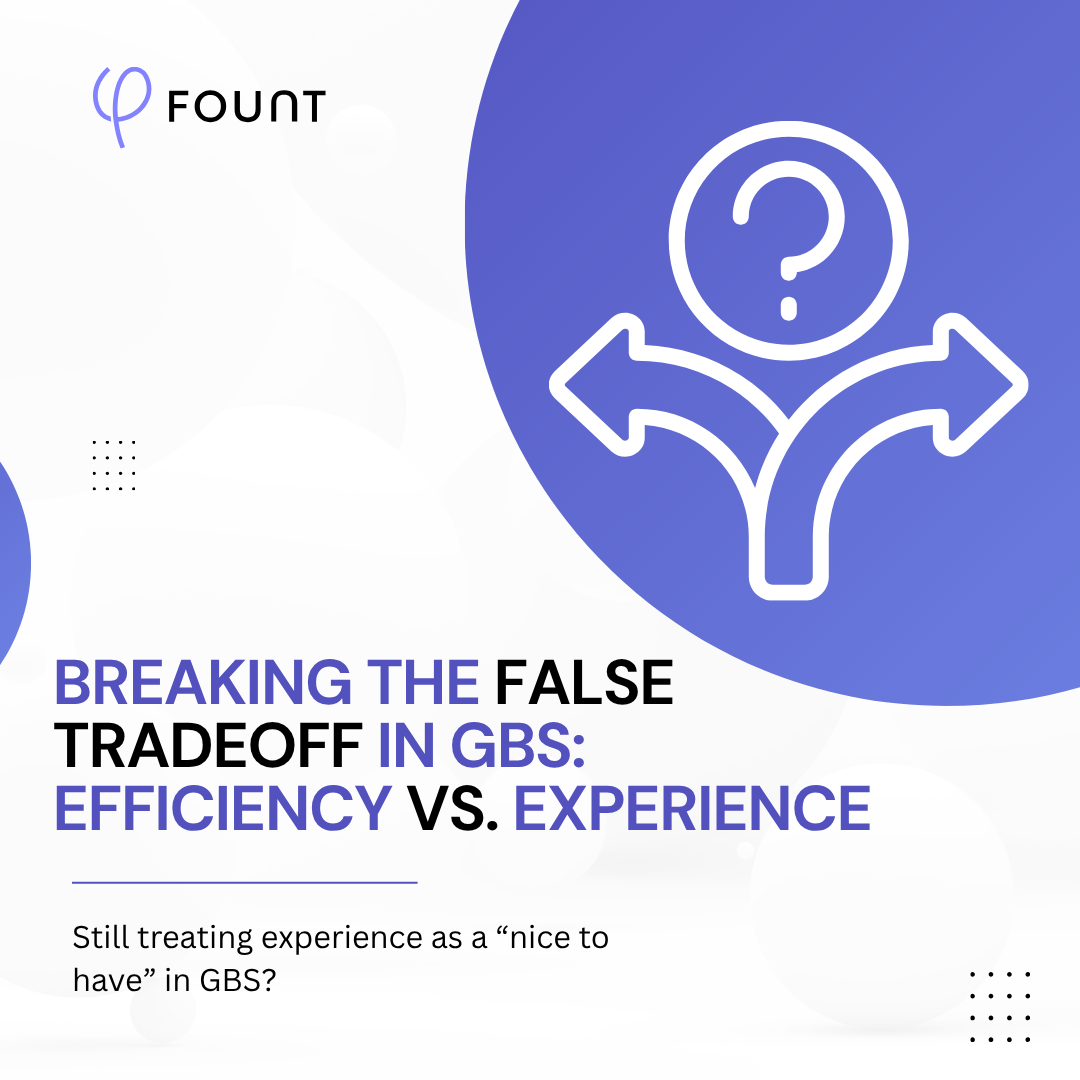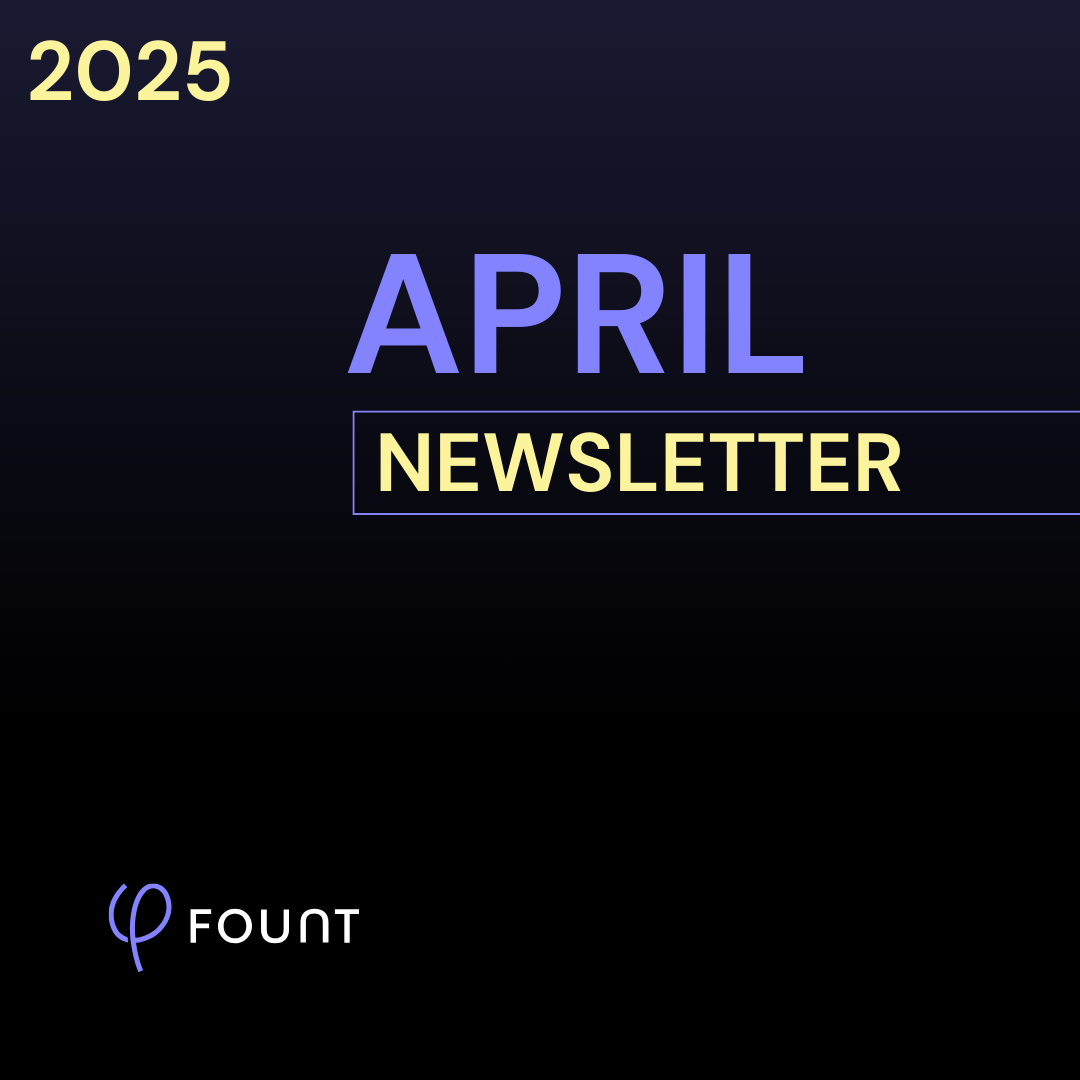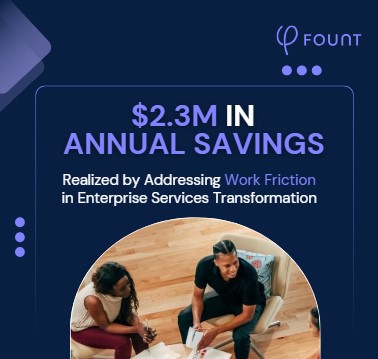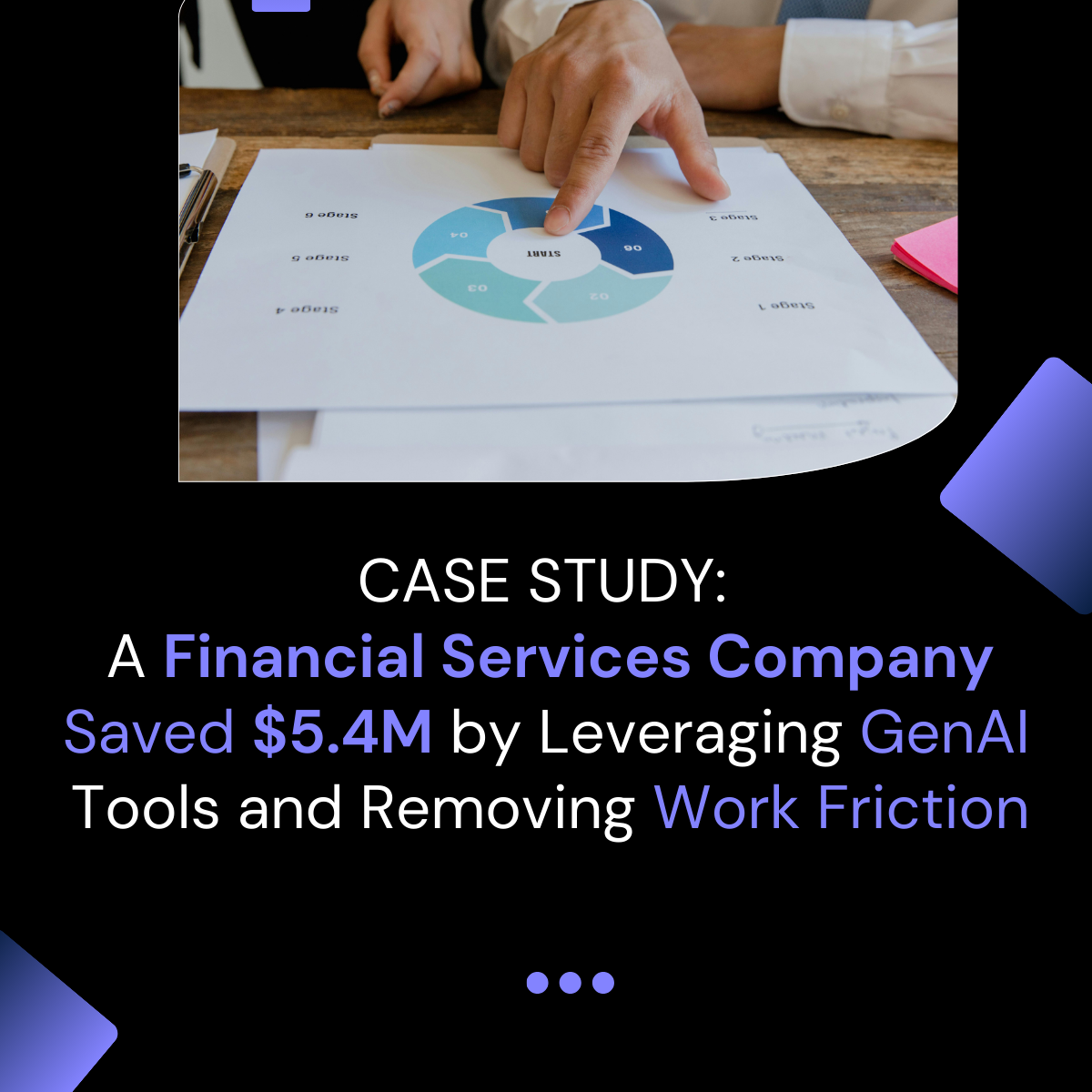Table of Contents
3 Work Friction Trends to Watch in 2024
A summary of the details of the article will go here.
It’s been a pretty eventful year for anyone keeping an eye on work friction. Employees and their companies continue to butt heads over in-person work. Workers across industries are on strike for better work environments. And generative AI – the latest wildcard – is set to reshape the future of work.
If this year’s developments mean anything, 2024 is set to further change how workers experience work friction – and how leaders try to rein it in. In this blog: the three biggest work friction trends we expect to take shape next year.
1. AI Will Create Opportunities for More Work Friction
It’s practically impossible to escape AI these days. The buzzy technology has taken companies by storm, and leaders are experimenting with AI for everything from drafting social copy to writing code.
The problem: AI’s promise of turbocharged efficiency isn’t a sure thing. In fact, some tools could actually create additional moments of work friction. The result? Employees who find it more difficult to do their jobs.
For starters, introducing AI software could mean employees have to learn yet another digital tool – even though they’re already toggling between multiple platforms every day. And if the AI doesn’t integrate with the rest of their tech stack, workers may have to create manual workarounds: think copying and pasting AI-generated emails into Gmail or Outlook.
There’s a more pressing issue, though. Generative AI tools tend to produce false statements and statistics (and often with a convincing air of confidence). In an AI-powered workplace, that means workers will have to fact-check practically every AI output – a frustrating and time-consuming process.
AI doesn’t always create work friction, of course. But the employees who use a tool are the only ones who know how that tool will impact their day-to-day experience. Implement AI without their input, and you risk creating more problems than benefits.
Our recommendation? Before introducing any new AI tool, test it with a handful of employees. Then, use short surveys to gather continuous feedback. This way, you can learn whether a tool removes friction or creates it – and more easily separate the wheat from the chaff.
2. Companies Will Cast a Wider Net to Find Friction Points
Our 2023 Global Work Friction Survey found that companies are overwhelmingly focused on reducing friction in HR services. They tend to make traditional HR interventions, too, like improving wellness benefits or employee training.
The epicenter of work friction isn’t in the realm of HR, though – it’s in the sphere of day-to-day business activities. In fact, our research shows that employees experience eight times more friction executing daily tasks than they do engaging with HR services.
It’s clear that the traditional friction-finding approach misses the work friction moments that impact employees most. In 2024, we expect companies to expand the scope of their efforts to target workers’ most serious daily roadblocks.
In practice, that means asking employees to share the most frustrating moments in their day and identify the people, technology, and processes involved.
Maybe workers find it hard to quickly help customers because your CRM is too complex. Or they have to get two senior approvals to reply to a customer’s email. Or feel like there aren’t boundaries and expectations around off-the-clock Slack messages.
No matter the problem, it’s crucial to find and reduce moments of friction like these. They have an outsize impact on workers’ daily experience. And the companies that fail to target these moments risk serious consequences: lower morale, higher burnout, and more employee turnover.
3. Leaders Will Better Understand Who’s Responsible for Work Friction
Most leaders know that work friction exists, but they may not have the data to know exactly what’s going wrong and who’s responsible for it. And without a data-backed understanding of who owns work friction, it’s easy for different leaders (in HR, IT, floor-level management, etc.) to point fingers at each other – especially when many tend to operate in silos.
But that’s on track to change in 2024.
As more leaders embrace targeted surveys to unearth work friction moments, they’ll gain more clarity around work friction ownership. At a call center, for instance, general frustration with agent onboarding might separate out into…
- Requests to duplicate information across onboarding paperwork (an HR problem).
- Problems accessing call center software remotely (an IT problem).
- Robotic and inflexible call scripts that leave agents feeling hemmed in (a floor-level management problem).
With this data in hand, leaders will be able to shift their energy from finger pointing to problem solving. Even better: we’ve found that work friction data encourages leaders to collaborate across silos to target every point of friction in a given moment. At scale, this collaborative approach can speed up the friction-fighting process and help employees waste less work.
A New Era of Work Demands New Ways to Fight Work Friction
We’re rapidly entering a new era of work, and workers are experiencing new kinds of work friction. It’s more important than ever to uncover work friction throughout your organization – and design solutions to last well beyond 2024.At FOUNT, we’re experts at helping leaders find and fight work friction wherever it exists. If you’d like to learn more about our approach, get in touch.
Related Resources
See all News
Guest Post
3 Signs Your GBS Is Creating Friction Instead of Flow (And How to Fix It)

FOUNT News
June Newsletter: Friction is Killing Your AI ROI.

Insights
Breaking the False Tradeoff in GBS: Efficiency vs. Experience

Events
LIVE Webinar – July 9th for SSON Network. Beyond AI Hype: How to De-Risk Your GBS Transformation with Friction Data

Insights
To Create New Value, GBS Leaders Need Different Data

Insights
How to Keep Up with the Latest AI Developments

Insights
APRIL Newsletter. Friction: You Can’t Improve What You Can’t See

Guest Post
AI is Reshaping the HR Operating Model: Here’s What 15 Leading Companies Discovered



